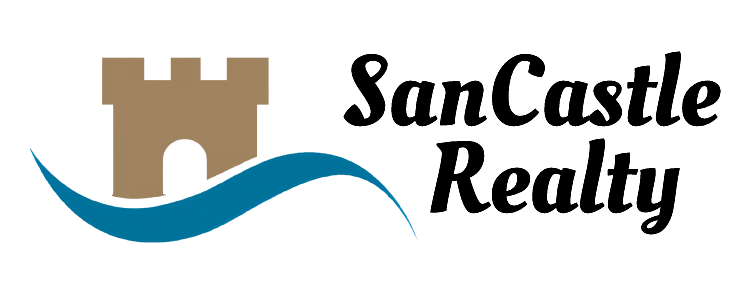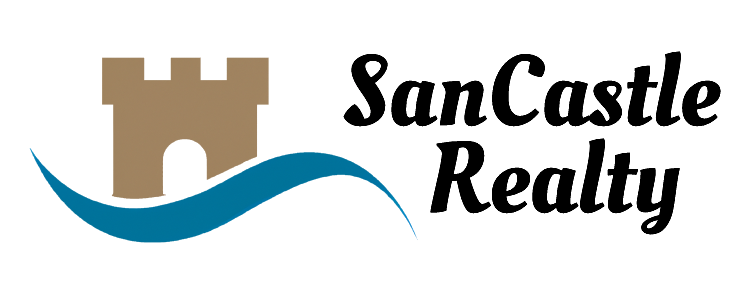sancastle realty's Blog
Our Blog Articles

Navigating the Shifting Landscape of Home Insurance in 2025: What Homeowners Need to Know
In recent years, homeowners have faced a dynamic and often challenging home insurance market. Factors such as rising premiums, limited availability in high-risk areas, stricter policy terms, and the increasing impact of climate change have significantly influenced insurance coverage and costs. Understanding these changes is crucial for homeowners aiming to protect their investments effectively.
Rising Premiums: The New Normal
Home insurance premiums have been on an upward trajectory nationwide. According to a report by the U.S. Department of the Treasury, average homeowners insurance premiums per policy increased 8.7% faster than the rate of inflation between 2018 and 2022. This trend is attributed to several factors:
Increased Natural Disasters: The frequency and severity of natural disasters, including hurricanes, wildfires, and floods, have escalated, leading to higher claim payouts by insurers.
Rising Construction Costs: Inflation and supply chain disruptions have driven up the costs of materials and labor, making repairs and rebuilds more expensive.
Higher Reinsurance Costs: Insurers are paying more for reinsurance—insurance for insurance companies—to mitigate their risks, and these costs are passed down to consumers.
In states like Florida, homeowners have experienced significant rate hikes. For instance, in 2023, rates increased by an average of 23%, reaching approximately $141 per month for homes insured at $250,000 in dwelling coverage.
Limited Availability in High-Risk Areas
Homeowners in regions prone to natural disasters are finding it increasingly difficult to secure affordable insurance coverage. Insurers are either withdrawing from these markets or imposing stringent underwriting criteria to minimize their exposure. For example, in California, major insurers have reduced coverage in wildfire-prone areas, leaving homeowners with limited options.
This trend has led to a rise in nonrenewals and policy cancellations, particularly in high-risk ZIP codes. Consumers in these areas faced higher policy nonrenewal rates, with average nonrenewal rates about 80% higher than those in the lowest risk ZIP codes.
Stricter Terms and Exclusions
To manage escalating risks and costs, insurers are tightening policy terms and adding exclusions. Homeowners may encounter:
Higher Deductibles: Especially for specific perils like wind or hail damage.
Coverage Limitations: Certain risks, such as storm surges or specific types of water damage, may be excluded from standard policies.
Actual Cash Value Settlements: Some policies may reimburse based on the depreciated value of damaged property rather than the replacement cost, leading to higher out-of-pocket expenses for homeowners.
Adapting to Climate Change
Climate change poses a significant challenge to the home insurance industry. The increasing frequency and intensity of natural disasters have led to substantial insured losses. For instance, in Australia, the average annual insured losses from bushfires have tripled in recent years, impacting insurance affordability and availability.
In response, insurers are:
Reevaluating Risk Models: Incorporating climate projections to assess future risks more accurately.
Promoting Mitigation Measures: Encouraging homeowners to adopt resilience measures, such as installing storm shutters or using fire-resistant materials, sometimes offering premium discounts as incentives.
Advocating for Stronger Building Codes: Supporting regulations that mandate construction practices aimed at reducing damage from natural disasters.
What You Can Do
Homeowners can take proactive steps to navigate these changes:
Review and Understand Your Policy: Ensure you comprehend your coverage, deductibles, and any exclusions. Discuss with your insurance agent to clarify any uncertainties.
Mitigate Risks: Implement home improvements that reduce vulnerability to natural disasters, such as reinforcing roofs or elevating utilities.
Shop Around: Regularly compare insurance offerings from different providers to find coverage that meets your needs at a competitive price.
Consider Higher Deductibles: Opting for a higher deductible can lower your premium, but ensure you have the financial means to cover it in the event of a claim.
Bundle Policies: Combining home and auto insurance with the same provider can often result in discounts.
Maintain Good Credit: Insurers may use credit information to price policies; maintaining good credit can help keep premiums lower.
Stay Informed: Keep abreast of changes in the insurance market and understand how regional developments, such as new legislation or recent natural disasters, may affect your coverage and rates.
Conclusion
The home insurance landscape is evolving rapidly due to factors like rising premiums, limited availability in high-risk areas, stricter policy terms, and the impacts of climate change. By staying informed and proactive, homeowners can better navigate these challenges and ensure their properties remain adequately protected.
For personalized guidance and assistance with your real estate needs, contact Sancastle Realty. Our team of experts is ready to help you navigate the complexities of today's market and find solutions tailored to your situation.

JP Sansaricq
JP Sansaricq, a distinguished Florida REALTOR® and Broker/Owner of Sancastle Realty in Palm Coast, FL, possesses a wealth of expertise and a vast repository of pertinent information about the local real estate landscape. With over 23 years of experience as a realtor for homebuyers, and sellers, John brings invaluable insights to the table. Don't hesitate to reach out to John Sansaricq. His dedication and commitment to ensuring a seamless and successful real estate journey make him the ideal partner for your property ventures.
Book A Consultation Call

© Copyright 2025 Sancastle Realty LLC. All rights reserved.
